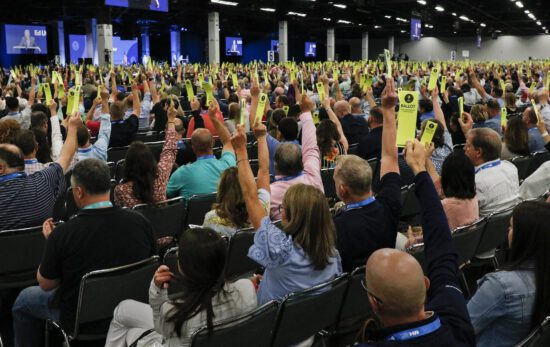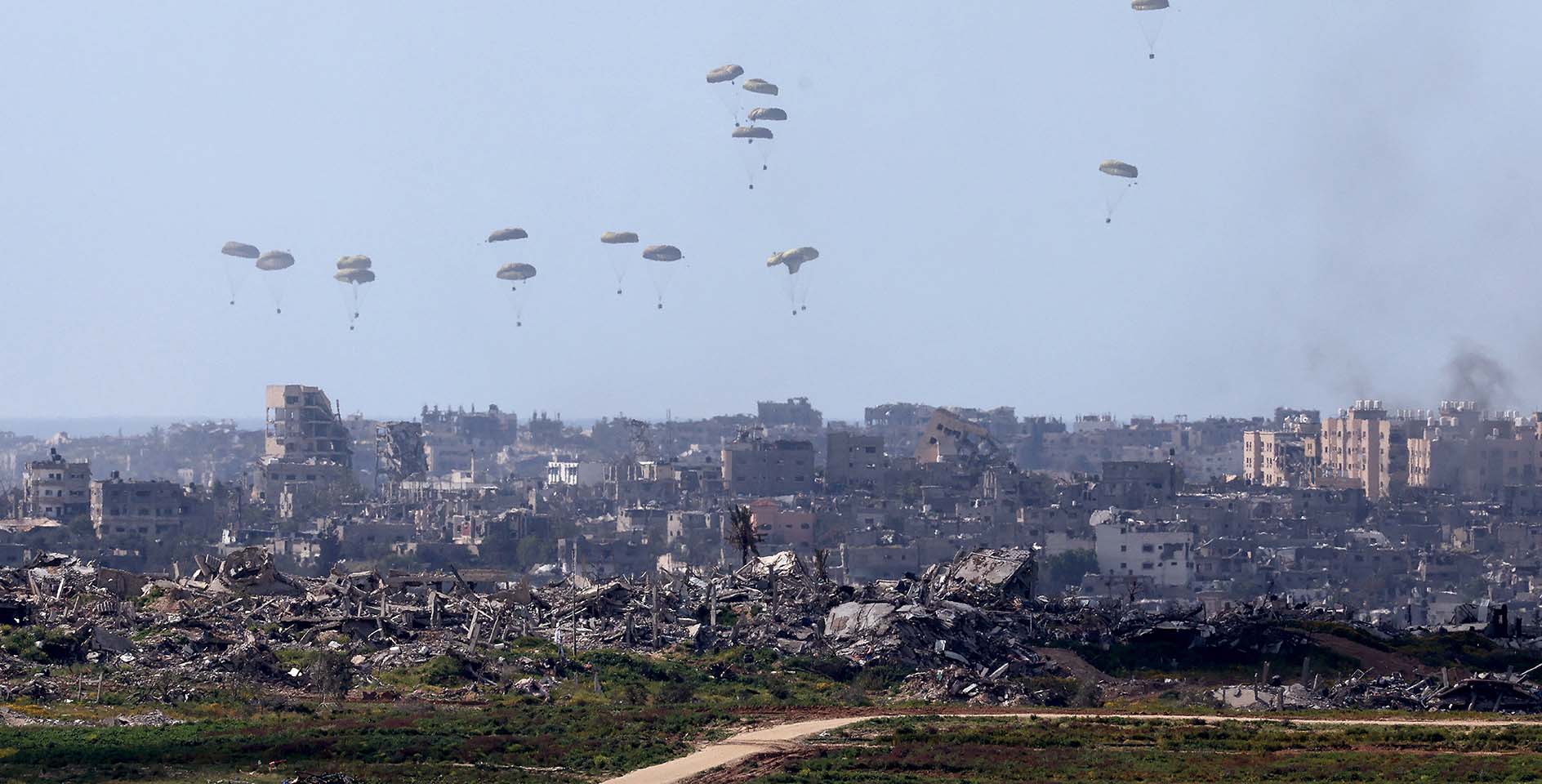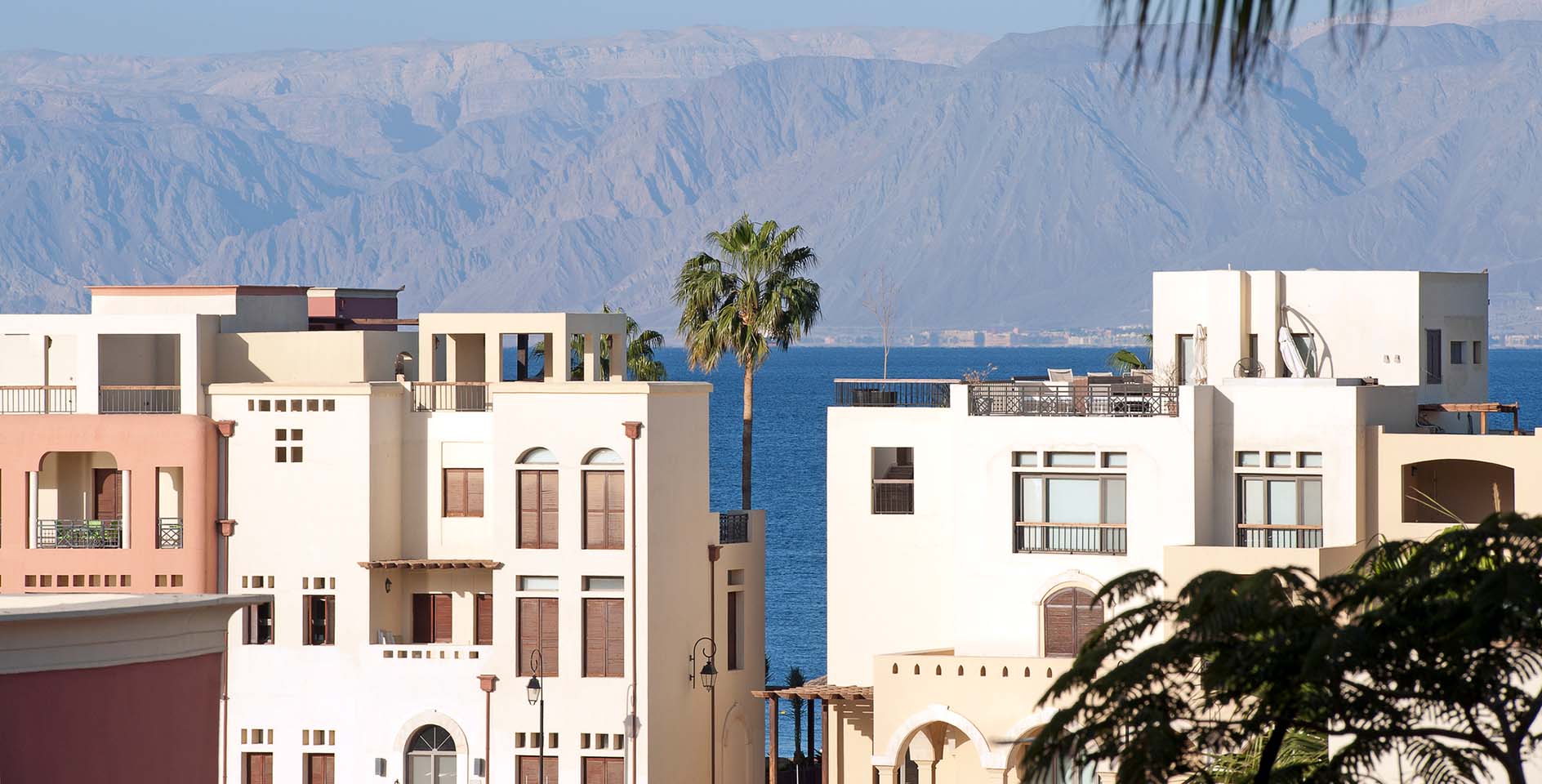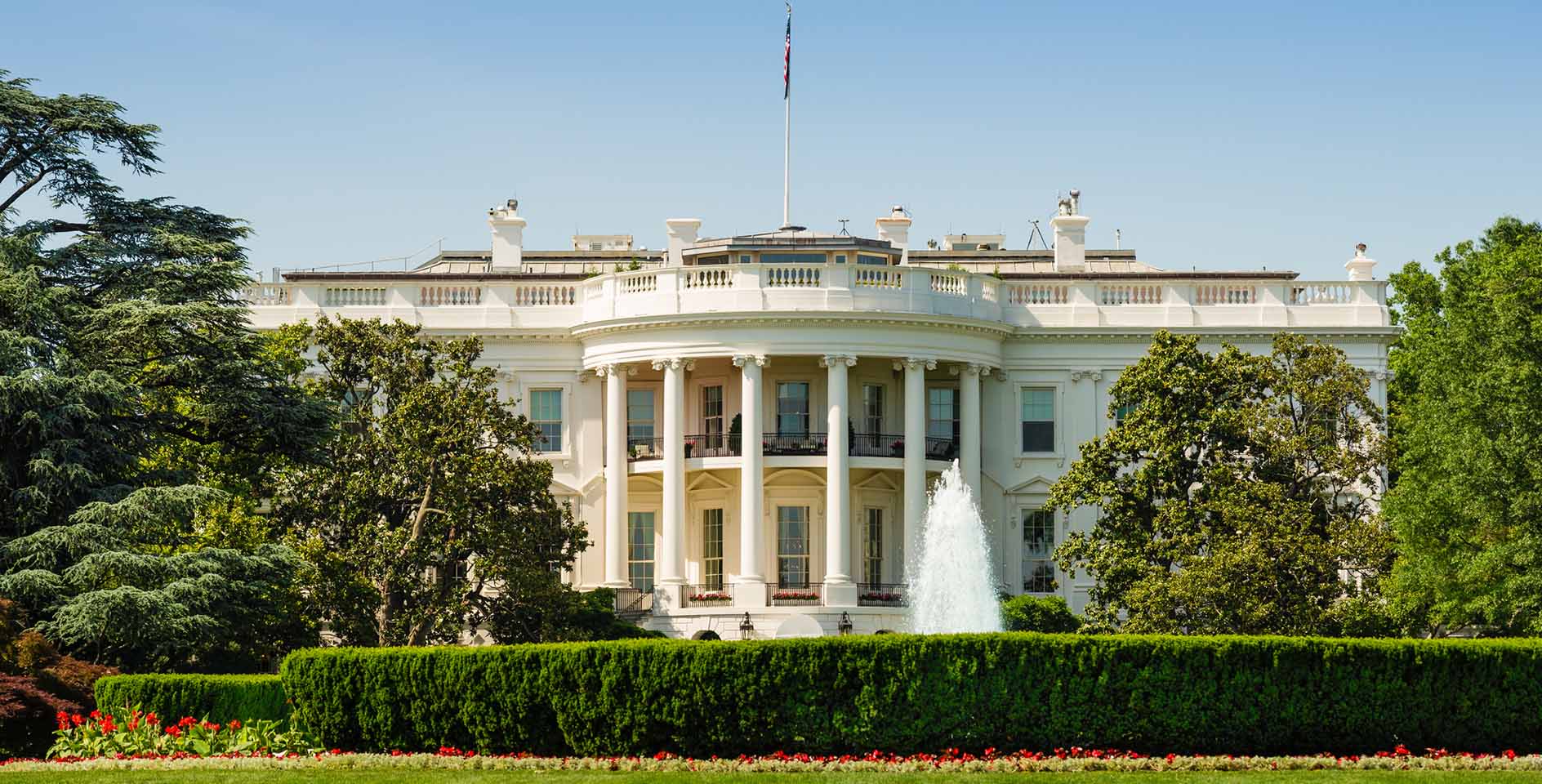The Israel-Hamas war, which began on Oct. 7, 2023, continues to evolve with significant developments on multiple fronts. Here is an update on what has recently happened in the war.
Conflict with Iran in the Israel-Hamas war
Israel launched direct strikes against Iran on October 26, 2024, in retaliation for Tehran’s ballistic missile attack earlier in the month. Israeli Defense Forces (IDF) conducted operations against military installations in Iran, targeting sites in at least three provinces, including Tehran, Ilam, and Khuzestan. The IDF military confirmed that the assault focused on military installations, explicitly excluding energy facilities, such as nuclear power plants. These strikes were described as a response to “months of continuous attacks” from Iran and its affiliates.
The IDF conducted three waves of strikes into Iran, targeting approximately 20 locations around Tehran and western Iran. The strikes specifically focused on:
- vital air defense assets,
- facilities tied to Iranian drone and missile programs,
- S-300 air defense batteries (Russian-made and Iran’s most advanced air defense system), and
- prominent defense industrial sites.
Iranian state media reported the deaths of four military personnel. Iran’s national air defense claimed “limited damage” to military facilities, while Israeli officials stated that the strikes “severely damaged” Iran’s air defense and missile production capabilities
Regional implications of the Israel-Hamas war
The strikes have heightened fears of a broader regional conflict. Global leaders, including the U.S., have called for de-escalation. President Biden reportedly advised Israel to structure its offensive against Iran in a way that would discourage further escalation. The potential for further retaliation and escalation remains a significant concern for regional stability and international security.
The Israel-Iran tensions occur amidst Israel’s continuing military operations in both the Gaza Strip and Lebanon. Hamas and Iran have formed a strategic alliance based on shared opposition to Israel and Western influence in the Middle East, despite their religiously based ideological differences (Hamas being Sunni Muslim and Iran being Shia Muslim).
Because of this partnership, Iran has provided significant financial aid, which has ranged from $20 million to $50 million annually in the 1990s and 2000s. As of 2023, Iran was estimated to provide Hamas with about $100 million per year. Iran has also supplied Hamas with weapons technology, including rockets and missiles.
Israeli military operations against Hamas
The Israeli Defense Force (IDF) has been conducting precise strikes against Hamas infrastructure and leadership in Rafah, a city in the southern Gaza Strip. These operations have resulted in the reported elimination of several high-ranking Hamas officials. The focus on Rafah is particularly significant as it has been one of the last strongholds of Hamas resistance in Gaza. According to IDF reports, they have made substantial progress in the following objectives:
- The IDF claims to have decimated Hamas’ Rafah brigade and established control in the area.
- Israeli forces report finding and destroying, on average, two tunnels a day in the Rafah region.
- The military has targeted Hamas’ extensive tunnel network, which has been crucial for the group’s operations.
In response to the intensified IDF operations, Hamas has adapted its tactics:
- The group has increasingly shifted toward guerrilla warfare tactics, including ambushes and the use of explosives against Israeli forces.
- Since May, Hamas and its allies have attacked Israeli soldiers using explosives in nearly 160 instances.
- Hamas continues to utilize its tunnel network for hit-and-run operations, despite IDF efforts to destroy it.
Humanitarian risis during the Israel-Hamas war
The humanitarian crisis in Gaza has deteriorated to alarming levels, with the threat of famine increasing rapidly.
- According to recent assessments, over 576,000 people in Gaza—approximately one-quarter of the population—are now “one step away from famine.”
- This number could surge to over one million by mid-May, representing nearly half of Gaza’s total population of 2.3 million.
- The Integrated Food Security Phase Classification (IPC) reports that the entire population of about 2.2 million people is estimated to be in “crisis” or worse levels of food insecurity.
- The situation is particularly dire for children, with 1 in 6 children under 2 years old in northern Gaza suffering from acute malnutrition and wasting.
Aid organizations face significant obstacles in delivering essential supplies. Israeli military operations and security concerns have severely disrupted aid operations, especially in southern areas like Rafah. The closure of key crossings, such as Egypt’s Rafah crossing, has forced aid to be rerouted through Israel’s Kerem Shalom crossing. Even when aid enters Gaza, distribution within the territory is hampered by ongoing fighting and a general breakdown of law and order.
Multiple agencies have warned of imminent famine. The Famine Review Committee has warned of a real prospect of famine by May, with 500,000 people at risk. Some experts, including the Famine Early Warning Systems Network, suggest that famine might already be underway in northern Gaza.
United Nations agencies are urging for increased humanitarian access and a cessation of hostilities to prevent further deterioration of the situation. The World Food Programme has stated its readiness to expand operations if a ceasefire agreement is reached.
The situation remains highly volatile, as the international community continues to emphasize the urgent need for unimpeded humanitarian access and a resolution to the ongoing conflict to address this critical humanitarian crisis.
Diplomatic efforts during the Israel-Hamas war
Efforts to broker a ceasefire have intensified, with Egypt and Qatar leading mediation attempts between Israel and Hamas. Recent talks in Cairo have shown some progress, with both sides reportedly considering a proposal for a phased ceasefire and hostage release. However, significant obstacles remain, particularly regarding the terms of a long-term truce and the future governance of Gaza.
The United States and other allies have increased pressure on Israel to scale back its military operations and allow more humanitarian aid into Gaza. This pressure has led to some concessions, including the opening of additional aid routes and increased scrutiny of Israeli military actions.
The fate of the remaining hostages held by Hamas continues to be a central issue. Recent negotiations have focused on a potential deal that would see the release of some hostages in exchange for Palestinian prisoners and a temporary ceasefire. However, the details of such an agreement remain contentious.
The conflict has also sparked wider regional tensions, with ongoing skirmishes between Israel and Hezbollah along the Lebanon border. There are growing concerns about the potential for a broader regional conflict, particularly as Iran’s role in supporting Hamas and other militant groups comes under increased scrutiny.
Humanitarian aid efforts during the Israel-Hamas war
The U.S., in collaboration with international partners, has begun operations to establish a maritime aid corridor to Gaza. This initiative aims to significantly increase the flow of humanitarian assistance to the territory, bypassing many of the logistical challenges faced by land routes. Nongovernmental organizations continue to play a crucial role in providing aid and support to affected populations. These organizations are working to address immediate needs such as food, water, and medical supplies, as well as longer-term issues like trauma counseling and infrastructure repair.
Southern Baptists continue relief efforts in Israel-Hamas war
Southern Baptists, particularly through organizations like Send Relief, have been actively engaged in providing aid and relief efforts in the Israel-Hamas conflict. SBC involvement includes:
- offering temporary housing,
- setting up bomb shelters for protection,
- distributing medical supplies,
- ensuring access to food and water,
- and providing trauma counseling to those affected by the conflict.
Through decades-long partnerships with local Christians, churches, and ministries in Israel and the region, Southern Baptists have been able to collaborate effectively in delivering aid. Working closely with Baptist Village, they have provided refuge for hundreds of individuals in need of urgent assistance.
Currently, Send Relief has released funds to support Baptist representatives in their relief efforts and trauma-care initiatives for those affected by the conflict. Southern Baptists are urged to continue supporting these relief efforts through prayer and donations to Send Relief. Their focus remains on addressing the immediate needs of those impacted by the conflict and providing essential aid, support, and comfort during this challenging time in the region. Additionally, Southern Baptists are encouraged to pray for:
- survivors,
- injured individuals,
- displaced families,
- grieving loved ones,
- and for the successful delivery of essential resources to impacted areas.









